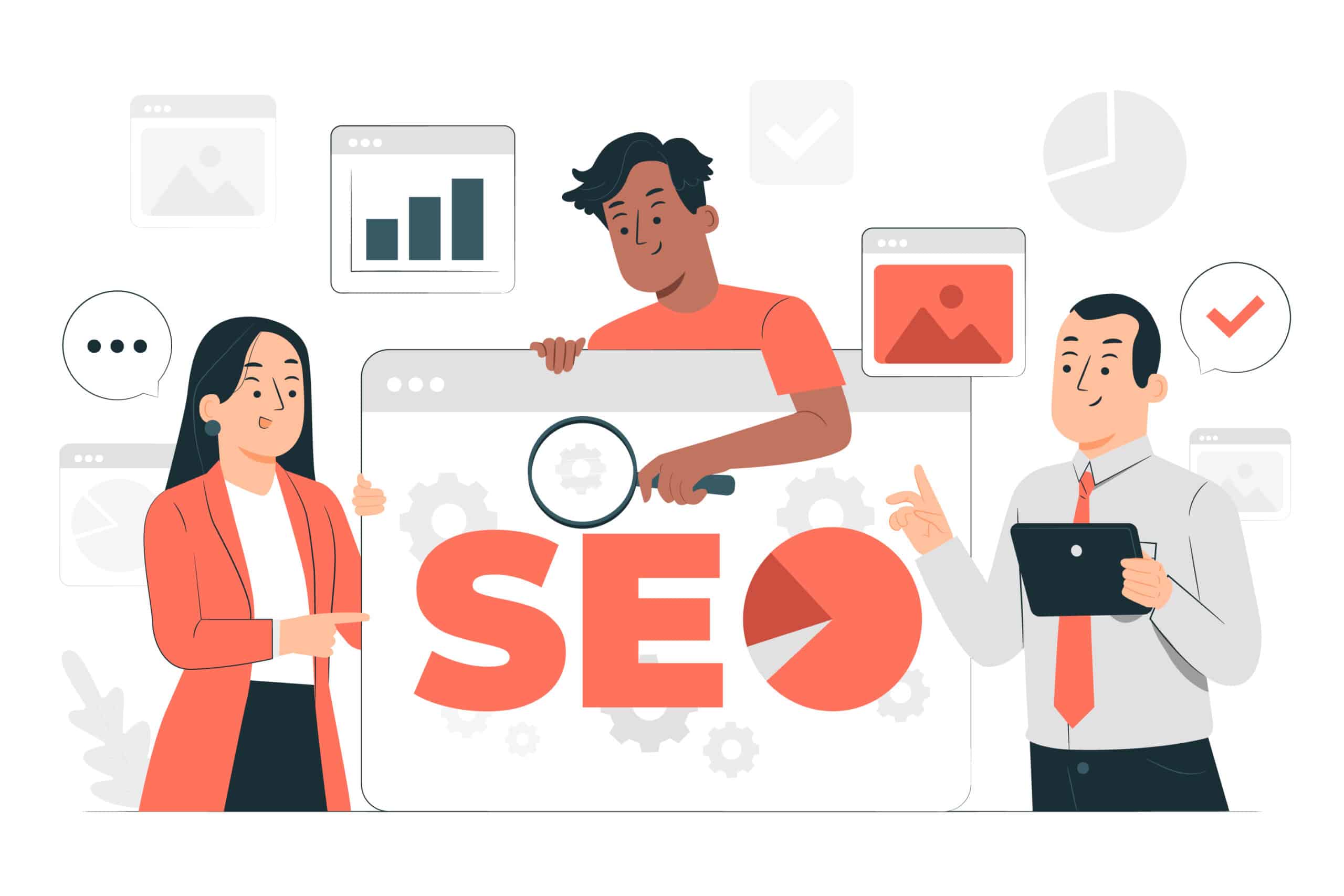On-Site SEO is essential to improve your site's performance in search results.
By following these guidelines and optimizing the structure and content of your site, you will improve your visibility and attract more organic traffic through search engines.
There are several important elements that you should optimize to improve On-Site SEO:
- Relevant keywords: It is important to identify relevant keywords for your website and make sure they are included in the title, description and page content. This helps search engines understand the subject matter of your site and improve its ranking in search results.
- Clear and easy-to-navigate page structure: The page structure should be clear and easy to navigate for both users and search engines. It should include H1, H2 and H3 tags to organize content and a clear URL structure. This helps search engines better understand the structure of your site and improve its ranking in search results.
- Quality, relevant and unique content: Content must be of quality, relevant and unique. It should be easy for users to read and navigate and should include relevant keywords. This helps to drive more traffic to your site and improve the user experience.
- Optimized metadata (titles and descriptions): Metadata includes the description and title tags, which should be optimized to include relevant keywords and clearly describe the page content. This helps search engines better understand your site's content and improve its ranking in search results.
- Internal links to improve navigability: Internal links help to improve the navigability of a website and to transmit the authority of a page to other related pages on the site. This helps improve the user's experience and increase the likelihood that they will stay on the site longer.
- Clear and structured URLs: Clear and structured URLs help search engines better understand the structure of your site and improve its ranking in search results.
- Use of H1, H2, and H3 tags: These tags are important for organizing and structuring the content of a page in a clear and effective way for search engines and users. The H1 tag is used as the main title of the page, while the H2 and H3 tags are used for subtitles and secondary sections. It is important to use these tags in a consistent and structured way to improve the user experience and SEO On-Site.
- Fast loading speed: Loading speed is important to improve the user experience and search engine performance of a website. A website that loads slowly can deter users and decrease ranking in search results. It is important to optimize loading speed to improve On-Site SEO and keep users interested and engaged.
- Mobile-friendly: More and more people are accessing the Internet through mobile devices, so it is important that a website is mobile-friendly to improve the user experience and SEO On-Site. This includes a responsive design that adapts to different screen sizes and easy navigation on mobile devices.
- Good use of images and multimedia: Images and multimedia can enhance the user experience and increase information retention. However, it is important to optimize images and multimedia to improve loading speed and ensure they are tagged and optimized for search engines. This can improve on-site SEO and increase a website's visibility in search results.
Related articles
-
On-page SEO (Search Engine Optimization on-page) are the basic tactics for search engine optimization, such as: using keywords in the title of your website, optimizing the meta description,...
-
Interested in how your SEO (organic indexing) performs to climb your Google rankings? Two tools dominate the SEO landscape: SEMrush and Ahrefs. They also happen to be the two favorite SEO tools. Full article here:https://www.99signals.com/semrush-vs-ahrefs/?ref=quuuEn...
-
SEO - search engine optimisation (Google) sounds very easy: Make sure that all your content, blog posts and landing pages can be easily located and ranked highly by search engines...



